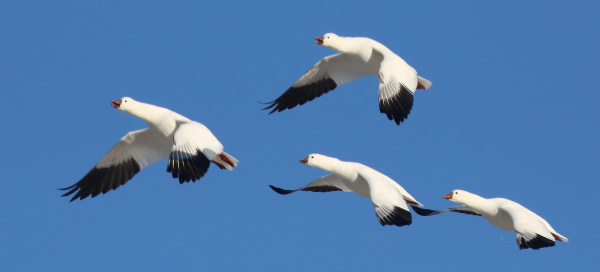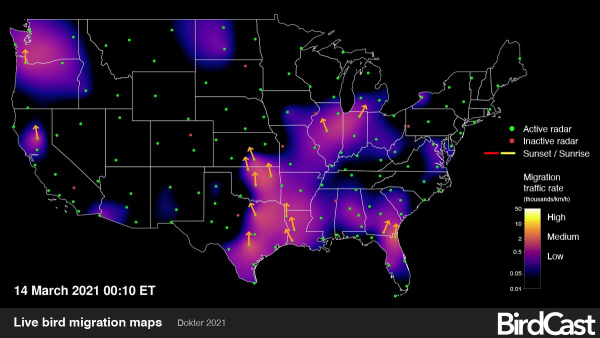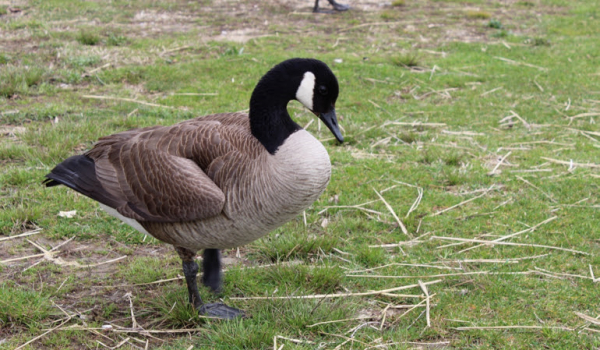By Glen Wunderlich
Charter Member Professional Outdoor Media Association
To hunt wolves or not to hunt wolves – that was the question at March’s monthly Natural Resources Commission (NRC) meeting, which included public comment from nearly 30 people. Since wolves were removed from the endangered species list for the lower 48 states on January 4, that decision was put under review by President Joe Biden and anti-hunting groups are lined up to challenge the delisting.
Our DNR says wolves are native to Michigan and the current Upper Peninsula population outside of Isle Royale grew from natural emigration of wolves from Minnesota, Ontario and Wisconsin after hitting six-animal low in the 1970s to thousands of wolves today. If, and when Michigan hold’s another wolf hunt, it would be the second one since 2013.
For those that argue Michigan hunters would wipe them out, consider the fact that approximately only 50 percent of the quota to reduce the total number of wolves was reached in that last hunt; hunting alone will never extirpate them and hasn’t in any state where they are legally hunted.
Rory Mattson, Delta County Conservation District director, explained the dilemma in simple terms: “Our local economic revenue, which is basically a hunting season, has been falling tremendously with the deer population going down and the wolf population going up.”
As a former deer hunter in the Upper Peninsula in the 1980s and 1990s, I would see only a handful of deer on a good day; however, during my last hunt in the late 1990s, after a full three days of deer hunting, I had seen a total of one whitetail deer. Although the severity of winters has a huge impact on the deer population in the U.P., nobody can convince me that adding hundreds of wolves to the mix, doesn’t contribute to the drastic decline in our northern deer numbers.
Molly Tamulevich, Michigan director of the Humane Society of the United States, spoke about the potential effect of hunting on pack structure and stability, the related impact on ecosystems from wolf loss and the necessity of any hunting season.
This rationale, however, does not take into account the similar bearing of the wolves insatiable appetite for meat on the rest of our wildlife after having gone from a few wolves to well over 100 verifiable packs. The trickle-down effect is visible in the U.P. as more and more motels and restaurants close their doors.
Many years ago wolf recovery goals were established to reach some 200 Michigan wolves under the terms of the Endangered Species Act. Once achieved and well beyond, the goal posts were moved when a Washington D.C. judge ruled that wolves cannot be recovered, because they didn’t inhabit all of their original territory. The ruling was the perfect decision for the anti-hunting crowd who knew it would be impossible to ever meet the judge’s twisted logic to redefine the term “recovered.” This inane decision was subsequently overturned, as it should have been.
And, for those that want to believe that the issue is not about hunting, it certainly is! There simply is no hunting that these animal-rights organizations will support no matter the species; any and all means to stop any hunt is justifiable to them.
In line with the tenets of the North American wildlife management model, Michigan has convened a wolf management advisory council to examine the best available science on the matter and to update the state’s wolf management plan. In the meantime, grab a bag of popcorn.










